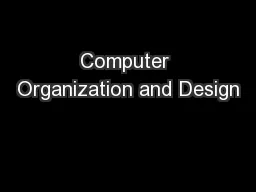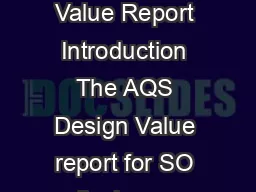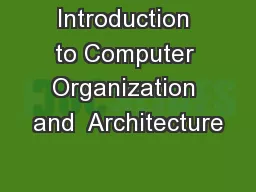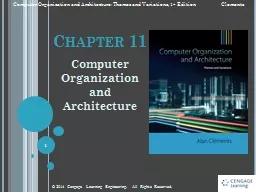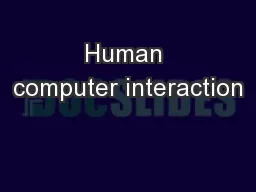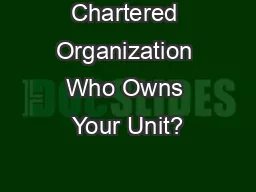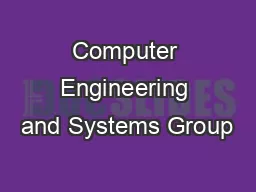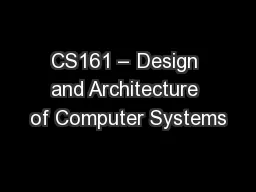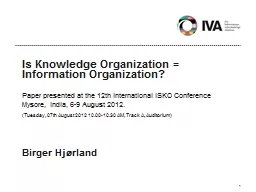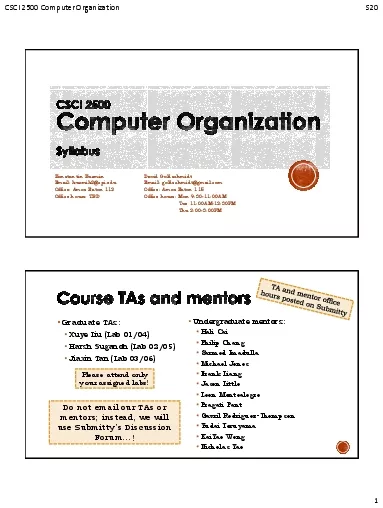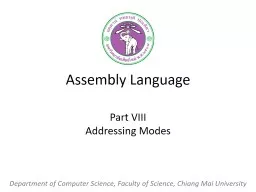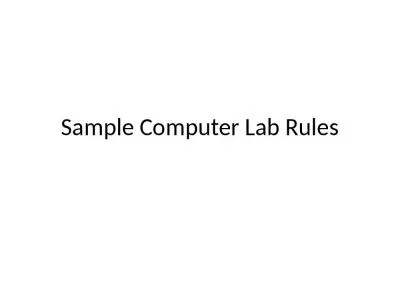PPT-Computer Organization and Design
Author : lindy-dunigan | Published Date : 2019-06-22
Transistors amp Logic II Montek Singh Nov 1 2017 Lecture 10 Todays Topics Basic gates Boolean algebra Synthesis using standard gates Truth tables Universal gates
Presentation Embed Code
Download Presentation
Download Presentation The PPT/PDF document "Computer Organization and Design" is the property of its rightful owner. Permission is granted to download and print the materials on this website for personal, non-commercial use only, and to display it on your personal computer provided you do not modify the materials and that you retain all copyright notices contained in the materials. By downloading content from our website, you accept the terms of this agreement.
Computer Organization and Design: Transcript
Download Rules Of Document
"Computer Organization and Design"The content belongs to its owner. You may download and print it for personal use, without modification, and keep all copyright notices. By downloading, you agree to these terms.
Related Documents

